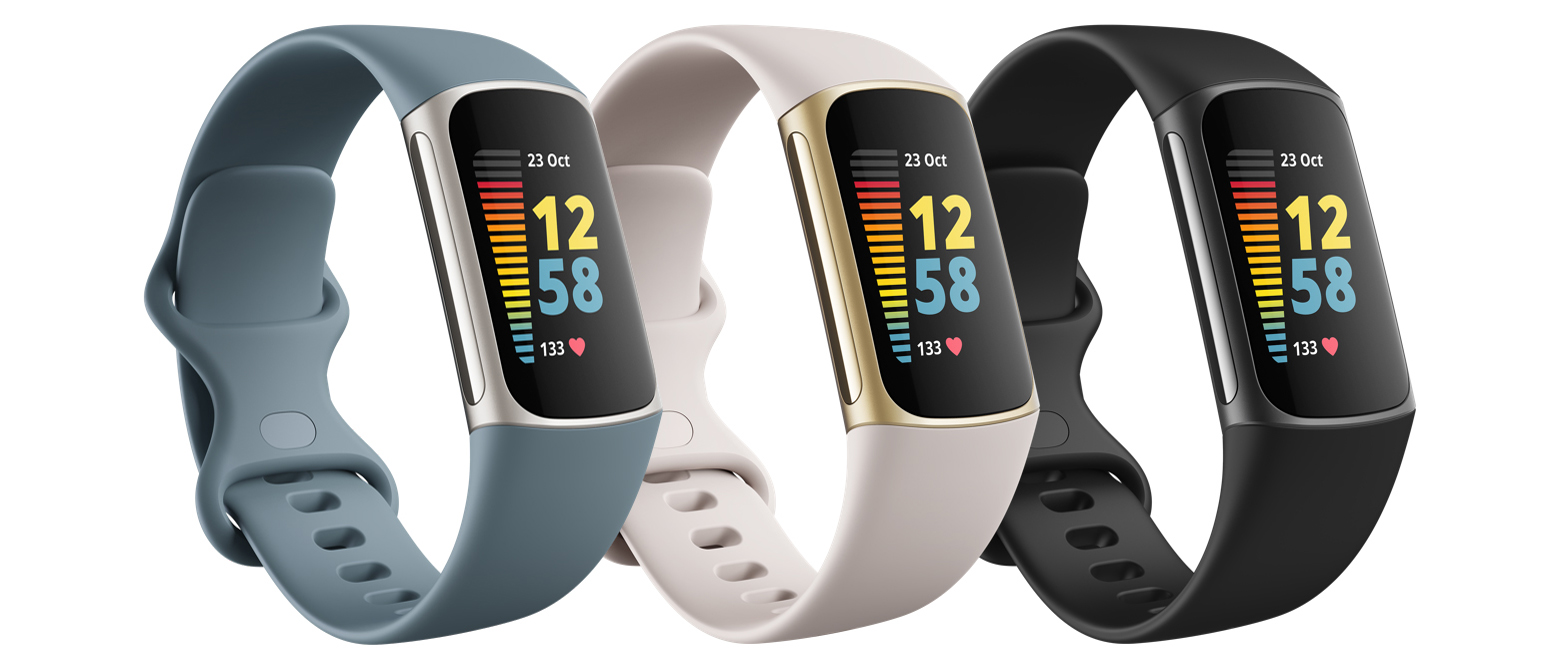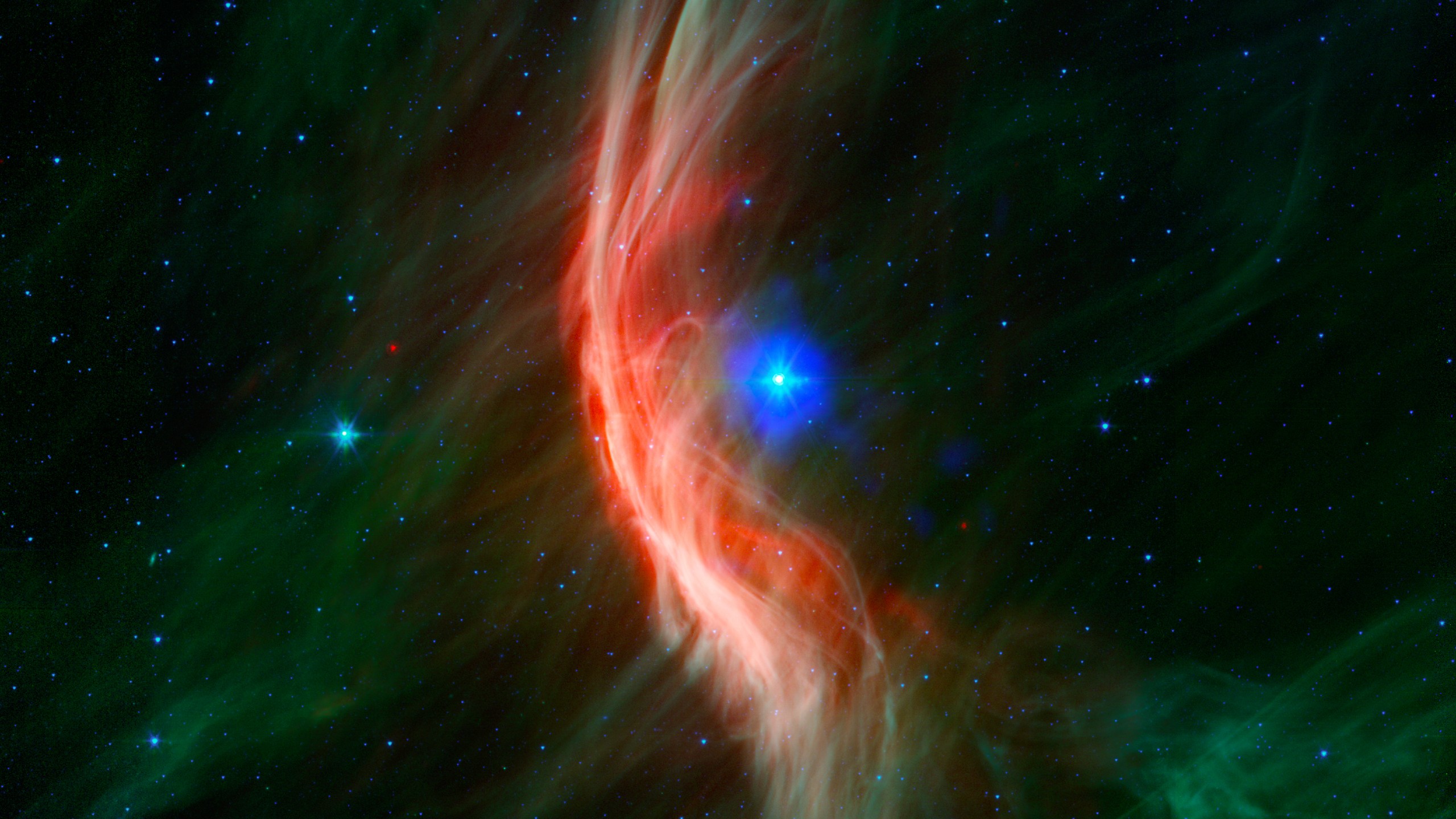A mouse wearing virtual-reality goggles? Now I’ve seen everything.
The point is to show everything to a mouse. Brain researchers would love to do that by setting a mouse free in a little playground while probing its brain. But the probes involve lasers, microscopes, and other apparatus far too heavy for such a small head.
Each mouse eye covers 140 degrees, as much as both human eyes put together—the better to detect a swooping hawk.
Researchers at Northwestern University developed a virtual-reality workaround 17 years ago. They showed mice a screen depicting an artificial world. The mice could then explore that world by moving a kind of treadmill, even though their little heads were held firmly in place under a microscope. The trouble was that the setup let the mouse see the apparatus itself and parts of the lab, interfering with the virtual experience. Thus the miniaturized goggles, which the workers describe this week in the journal Neuron.
This scary bird of prey is one virtual thing that the mouse sees–along with the non-virtual treadmill the mouse is treading on.youtu.be
The hardest part of the miniaturization, says Prof. Daniel Dombeck, a physicist who led the research, lay in making a lens that could span a mouse’s field of vision. Each mouse eye covers 140 degrees, as much as both human eyes put together, and that sweep works not only horizontally but also vertically, giving the animal overlapping fields of vision and thus depth perception front, back and above–the better to detect a swooping hawk.
Brain probes conducted during virtual jaunts have uncovered many points that apply to the human brain also, which is homologous to the mouse brain, Dombeck notes. “We were able to find that rodents have ‘place cells’ in their brains that fire at particular locations in a room,” he says. “If you walked around the room now, you’d have different cells firing at different locations—it’s basically a map inside your head. When you then think of where you’ve been, those cells fire again. We learned all this from rodents.”
You can do a lot with mouse-to-human analogies. If we can figure out how the brain perceives a virtual world, we can devise better brain-to-machine interfaces. Physicians may also use such evidence to diagnose and treat neurological ailments.
Research animals have often been given the chance to playing on a machine, if only one as simple as a hamster exercise wheel. Some researchers called into question the value of such work on the ground that captive animals behave in unnatural ways because they are isolated from natural-seeming settings. In 2014 scientists cast doubt on that theory by putting exercise wheels in the wild; they found that rodents—and even the odd frog—were eager to play on those wheels.
So, do the mice at Northwestern University enjoy their virtual adventures?
“I think they do,” Dombeck says. “Given the choice to run on a treadmill or to be given a treat reward, they often choose to run. As soon as we put them on these goggles they start running around and exploring the environment.”
One problem with studying mouse behavior is the danger of misinterpreting what the mouse is sensing and thinking. In his 1974 commencement speech at Stanford University the physicist Richard Feynman called out experimental psychologists for concluding that mice solved mazes purely by spatial conceptualization when research had shown that they also used sensory means, notably the feel of the floor beneath the their feet.
Dombeck agrees. “That’s exactly the way a physicist like me approaches a problem like this,” he says. “You want to know all the variables, and if you can’t control them you at least want to make them something that’s not part of the experiment, or to control for them. The same goes for the olfactory system: We have run experiments with visual and olfactory reality going on at the same time–we can have the rewards for behavior based on one sensory modality but not the other. The mice pay attention to the sensory modality that offers rewards and begin to treat the other modality as a distractor.”
Call it mouse smellovision.
“We put a nosecone on the mouse and flowed air in which we mixed different odors, all in a fast and controlled way,” to make sure what the eyes see match what the nose smells, he says. “We proved that mice are able to navigate by olfactory cues alone, something that humans can’t do.”
The researchers are working on a system, Dombeck says, that would reproduce that work using the new VR goggles so as to reproduce the real environment as closely as possible.
“It’s not as detailed as in the movie the ‘Matrix,’ but it’s good enough for experiments,” Dombeck says.
Note: This article have been indexed to our site. We do not claim legitimacy, ownership or copyright of any of the content above. To see the article at original source Click Here













